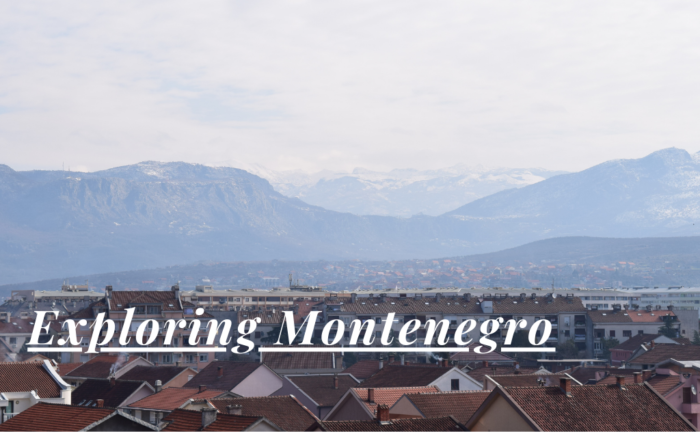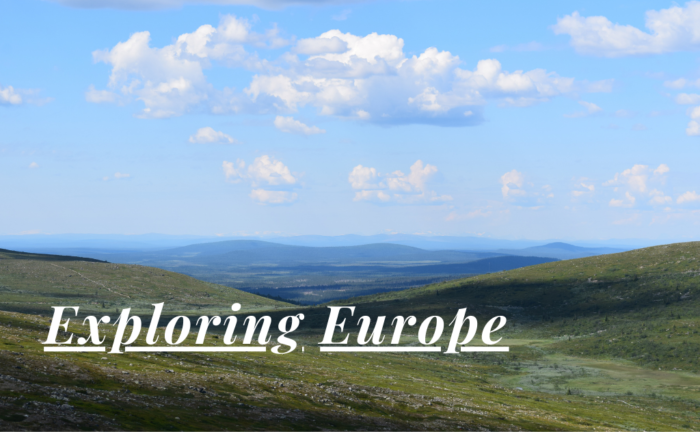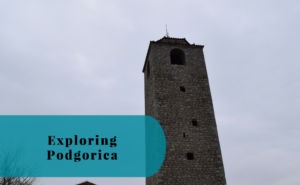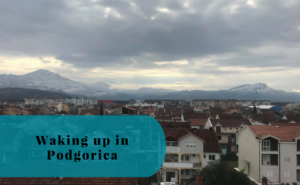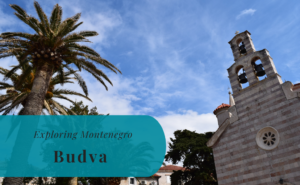Cetinje is a town in the inland of Montenegro, located between the Adriatic Coast and the capital of Podgorica. The town is the former capital of Montenegro and is still home to the residence of the country’s president. This is a mountainous region with mountains such as the Lovćen that reaches an elevation of 1.749 meters nearby. Cetinje has a population of around 14.000 inhabitants, making it the 7th largest town in Montenegro.
Our Visit to Cetinje
We visited Cetinje in 2018. On a day trip from Podgorica to Budva, we made a stop in the town on our way back to Podgorica. It was a chilly winter day, with the snow still left along the streets of the town.



A Short History
Cetinje was founded by Ivan Crnojević, the lord of Zeta, in 1482. This was when Ivan moved Zeta’s capital from Obod to Cetinje. The Ottoman invasion came just a few years later in 1485 and the town’s founder had to leave. The Ottomans ruled Cetinje for a few years and annexed the Principality of Zeta in 1514. The Prince-Bishopric of Montenegro was established in 1516 with Cetinje as its capital. The Prince-Bishopric was under the protection of the Papal States for almost two centuries. That did, however, not prevent wars and conflicts. The town and Montenegro were attacked by forces from both the Ottoman Empire as well as Venice during the 16th and 17th centuries.
It would take until the end of the 17th century before the town continued its development. The years, up to that were marked by war and conflicts. Real urbanization first occurred in the 19th century when the town expanded. This was also a century that included a new Ottoman occupation. The Ottomans captured the town in the early 1860s. It took 14 years before Montenegro could regain their independence, something that was confirmed at the Congress of Berlin in 1878. Montenegro was reformed into a kingdom in 1910, making Cetinje a royal capital and one of the smallest capitals in Europe with less than 6.000 inhabitants.
Montenegro became a part of the Kingdom of Yugoslavia after the First World War. It was occupied first by Italy and later by Nazi Germany during the Second World War. Liberation came first in 1944 when Communist forces captured the city. This was, however, not the liberation experienced in other parts of Europe. Instead, it is known by the mass executions of the inhabitants with 28 citizens of the town being killed.
With the forming of the Socialist Republic of Montenegro in 1945 the capital was moved from Cetinje to Titograd, today known as Podgorica. Cetinje has since 2006 been a part of the newly formed country of Montenegro.





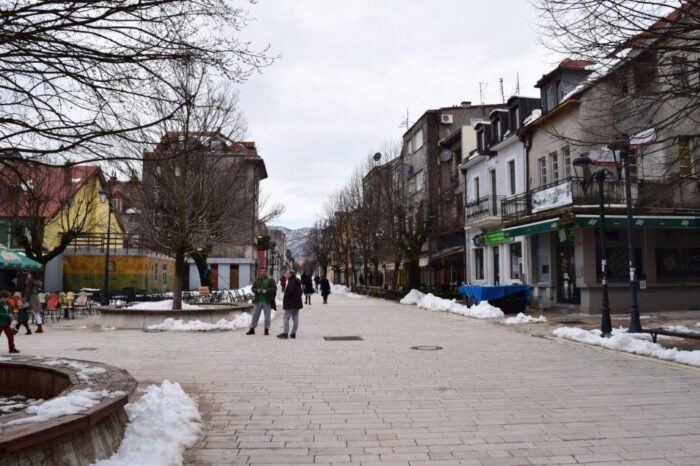
Things to Do and See
Cetinje has a lot of history and a walk along its main street, the Njegoševa Ulica, is a must when visiting the town. This is a cozy pedestrian street along which you can find both restaurants, but also historical landmarks such as the Djukanovic Palace. You will, however, find some of the more prominent sights on the outskirts of the town. One of these is the Cetinje Monastery, dating back to the 15th century. However, the current building was built in the early 18th century when the monastery was rebuilt. There is also the royal residence known as Biljarda, which dates back to 1838. You will also find museums such as the National Museum of Montenegro, the Ethnographic Museum of Montenegro, and the King Nicholas Museum in the town. There are also green areas such as the Njegošev Park to enjoy.
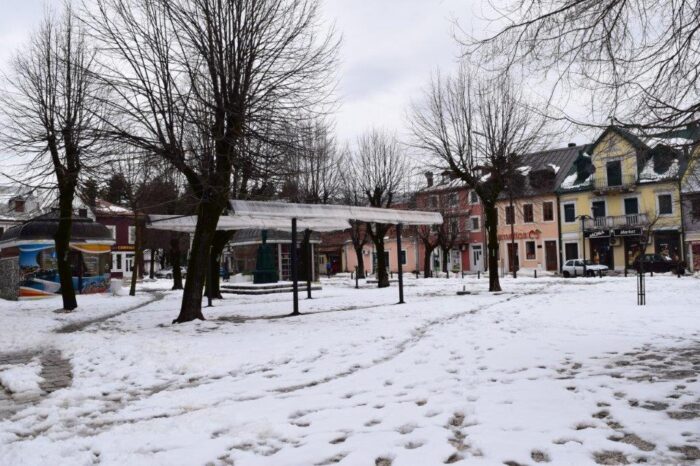


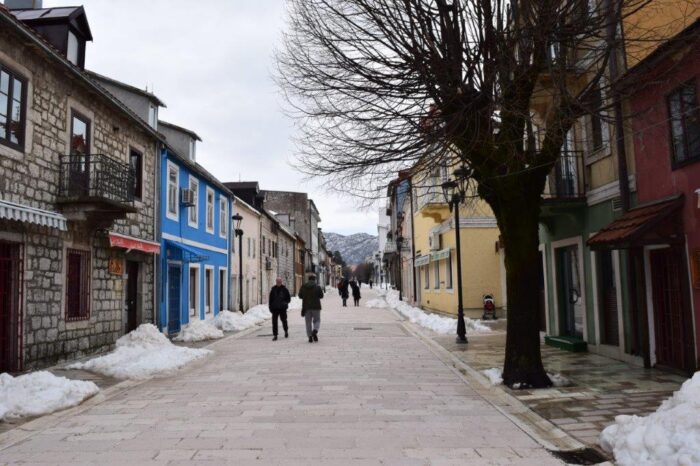

How to Get to Cetinje
- Flights: The closest airport is the Podgorica Airport (TGD), which lies to the east of the town, close to the capital of Podgorica.
- Car: Cetinje lies along the road M2.3 between Podgorica and the tourist resort town of Budva.
Looking to Explore more of Montenegro and Europe?
